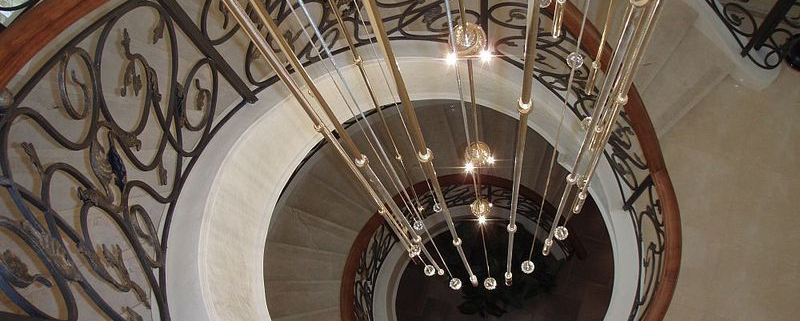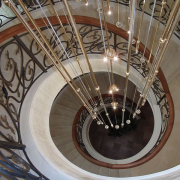Italian chairs — a story with a sequel
If France traditionally dictates style on fashion catwalks, then Italy traditionally sets the tone in furniture salons. And such recognition is quite justified. Any result of the work of Italian masters and designers is a genuine work of art that combines the nobility of the material, elegance and perfection of form, iconic features of a certain historical period.
It would not be an exaggeration to say that by studying the history of furniture, for example, the most ordinary chairs at first glance, you can get to know the history and culture of the country itself more deeply.
A lush, bright, colorful, resplendent Renaissance. It is the starting point from which the triumphal procession of chairs begins in Italy and then — far beyond its borders. By the way, not every resident of the country could afford such a piece of furniture at that time, they decorated only the houses of the most noble and wealthy persons. Besides, they were very expensive. The fact is that the most valuable types of wood were used for their manufacture, chairs were decorated with velvet, artfully carved, gilded, so very often pretentiousness and pomposity clearly prevailed over convenience. Naturally, it was possible to sit on this semblance of a throne only very straight, being in constant tension, plus everything was very tough and generally extremely uncomfortable. But what can you do — the situation obliges, fashion dictates its conditions!
The next stage of the fascinating biography of chairs was the heyday of the Baroque style. Alas, the convenience was not added even then. The masters still continued to work hard only on the external impression of luxury. The most expensive fabrics and wood varieties were used. Bent legs as a sign of style seemed to emphasize the heaviness, monumentality of this piece of furniture.
Rococo style saves chairs from excessive heaviness, they become more elegant, and gilding for their decoration is used much less. The main emphasis is now on the finest carving and special attention to the selection of textiles – bright, colorful, chic. Varnishing appears, which later became one of the obvious signs of the style of Italian masters.
Over time, the Art Nouveau and Art Deco styles brought elements of classics and brought the chairs closer to modern finished forms, making them a real decoration for almost any interior.
And now, already in our time, organically combining the spirit of the time and modern trends in design, chic and comfort, flight of imagination and conservatism, Italian masters successfully mix stylistic features, achieving an unsurpassed effect and recognition of the famous Italian quality.







Leave a Reply
Want to join the discussion?Feel free to contribute!